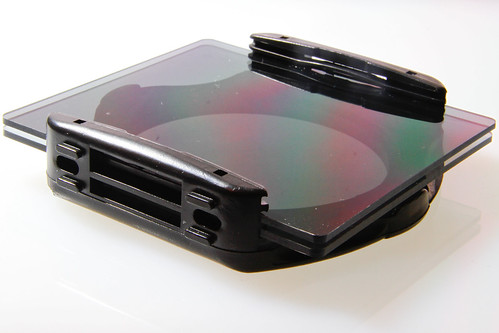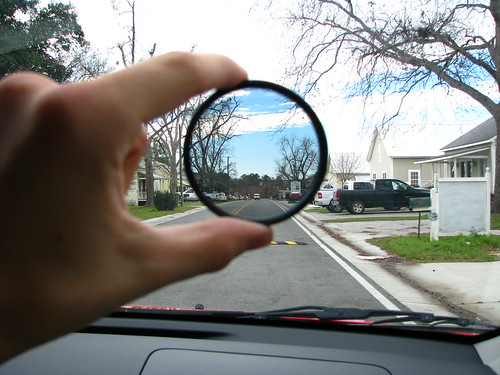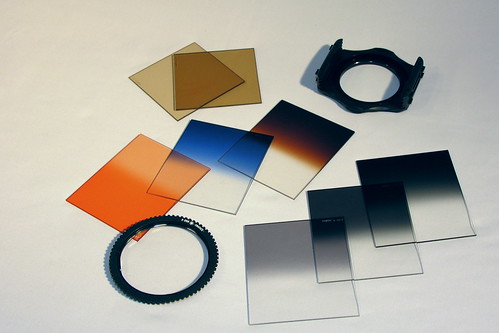What Camera Filters Do You REALLY Need?
In the days of film, filters were often regarded as essential tools for the photographer. These days, the likes of Photoshop and the use of third party plugins has rendered the need for filters irrelevant in some people’s eyes. This, of course could not be further from the truth, filters are as relevant today as they were in the very early days of photography. Modifying the light before it gets digitized will always be they best option quality-wise for your images. Today we are going to take a basic look at filters, a layman’s guide to what you need to get you started.
Should You Go With Square or Round Filters?
Filters can be divided up into two camps, the traditional round filters that screw into the front of your lens and the square types that slot into a holder on the front of your lens. Both have pros and cons, round filters are generally cheaper, you can leave them on the lens and can be used as lens protection such as a skylight filter. The disadvantages are that you may need several different sizes if you have lenses with different filter threads, although you can alleviate this using step down rings. These allow you, for example to mount a 77mm filter on a 72mm thread. Another disadvantage is that they are slower to change and can sometimes get stuck fast on the lens if you cross thread them.
Square filters such as those from Lee or Cokin tend to be more flexible, you can quickly remove or stack filters, rotate graduated filters to suit the horizon easily and because you only need adapter rings for each lens, you only need one of each filter type. Investment in a square filter system is however, expensive so it can take time to build a decent set.
Lastly before we go onto types of filters, as with most photography equipment, you get what you pay for. A cheap round filter might be made of lower grade glass and its ring may be cheap metal that bends or sticks on your lenses filter rings. Cheaper square filters are often made from plastics and prone to scratching.
What Types of Filters Should You Buy?
UV or Skylight Filter – In film days these were considered essential as film was quite sensitive to ultra violet light. Digital sensors are a lot less vulnerable to UV, however these filters do have one other important use, protecting the lens. As with all filters they can degrade the image very slightly, so it is down to you whether you want to use them or not.
Polarizing Filters – If there is one filter that Photoshop cannot replicate it is the polarizer. Polarizers are used to reduce glare and reflections from surfaces and deepen the blue of the sky. They can let you see into water, remove reflections in windows or metal surfaces and, one often over looked function, reduce reflection from foliage, leaves being particularly reflective. Round polarizer filters have two rings, a fixed one that attaches to the lens and a rotating one in front that allows you to align the filter to remove the reflected light. On cheaper filters the rotating ring is often a weak point.
Neutral Density Filters – These are another filter that cannot be easily replicated in Photoshop. There main purpose is to reduce the amount of light entering the lens. This is particularly useful, for example, if shooting portraits outside, where you need to reduce the shutter speed low enough for the flash to sync. Another classic example is in landscape photography where the use of ND filters allows the photographer to use slow shutter speeds, great for getting that ethereal effect in water. ND filters are graded by the amount of light that they reduce, an ND2 will allow 50% light through, in other word reduce exposure by 1 stop. An ND4 will allow only 25% light through, a reduction of 2 stops and so on.
Graduated Filters – Grad, as they are known are best suited to the square filter systems. They reduce exposure over a selected area of the image by graduating the opacity of the filter. They can be neutral density, starting at the top with an ND grad as we discussed above and blending to clear at the bottom or they can be colored. They are often used in landscape photography to reduce the exposure in the skies, whilst maintaining the exposure of the foreground.
Beyond this, there are a whole range of other filters, colored filters to warm or cool the light, speciality filters such as starbursts and faux infrared filters. These tend to be quite gimmicky and can easily be replicated in Photoshop. Filters are a useful addition to the photographer’s kitbag, especially the ones we have discussed above. If you are not using a skylight or UV filter, then the first one you should consider buying is the polarizing filter. This will have the most dramatic effect on your images and cannot be easily replicated in post production.
Click Here: What Camera Filters Do You REALLY Need?




Comments